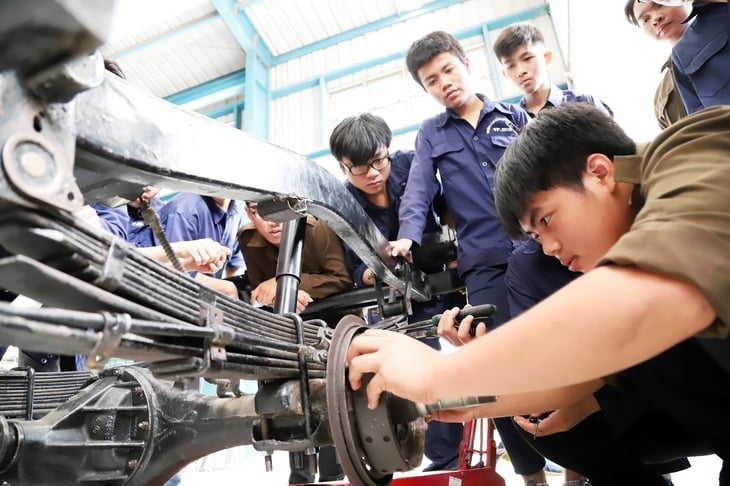
Students study at Hung Vuong Technical and Technology Vocational College. It is expected that in the near future, Ho Chi Minh City will no longer have public secondary schools - Photo: NHU HUNG
According to statistics from the Department of Continuing Education - Vocational and University (Department of Education and Training of Ho Chi Minh City), Ho Chi Minh City currently has 481 vocational training facilities.
Of these, the public sector accounts for 104 units, while the remaining 377 are private institutions, equivalent to nearly 80%.
Specifically, the city has 77 colleges (41 public, 36 private), 77 vocational schools (26 public, 51 private), 74 vocational education centers (6 public, 68 private), 29 vocational education and continuing education centers (all public), along with 224 registered vocational education institutions, of which only 2 are state-owned enterprises.
Currently, the scale of vocational education and training in the area reaches approximately 327,000 learners.
Compared to before the administrative boundary merger, the number of vocational education institutions in the area has increased significantly.
Previously, Ho Chi Minh City had 378 vocational training facilities (79 public, 299 private), Binh Duong (old) had 66 vocational training facilities (17 public, 49 private) and Ba Ria - Vung Tau (old) had 37 vocational training facilities (8 public, 29 private).
Specifically, Ho Chi Minh City has 62 colleges and 63 vocational schools, Binh Duong (formerly) has 7 colleges and 10 vocational schools, and Ba Ria - Vung Tau (formerly) has 8 colleges and 4 vocational schools.
According to the plan to reorganize the system of public service units, Ho Chi Minh City is expected to have only 19 public colleges under its direct management, and there will be no more public vocational schools in the near future.
In its vocational education development plan until 2030, with a vision to 2045, Ho Chi Minh City aims to attract 45-50% of junior and senior high school graduates into the vocational education system; and for female students to account for over 35% of the total new enrollment target.
In addition, about 60% of the workforce will be retrained or regularly trained, 70% of vocational training facilities will meet quality accreditation standards and about 10 high-quality schools will be established in the area.
Meanwhile, according to the draft guidelines for implementing tasks for the 2025-2026 school year for vocational education, Ho Chi Minh City will continue to implement the project to rearrange the system of public colleges and intermediate schools in the 2025-2030 period.
The restructuring aims to reorganize the network of vocational education institutions in a streamlined and rationally distributed manner, meeting the requirements of socio-economic development and conforming to the two-tiered local government model.
This process must ensure that educational institutions operate effectively and without interruption, while clearly defining the functions and tasks of each unit after the arrangement.
In addition, Ho Chi Minh City will develop an open education system, diversify learning programs and methods, increase the application of technology and digital transformation to promote lifelong learning and build a learning society.
The city also aims to develop vocational education facilities that meet regional and international standards, focusing on training high-quality human resources, especially in science and technology fields, thereby gradually building Ho Chi Minh City into a leading human resource training center in the ASEAN region.
Source: https://tuoitre.vn/mang-luoi-co-so-giao-duc-nghe-nghiep-o-tp-hcm-hien-ra-sao-20251014113403894.htm









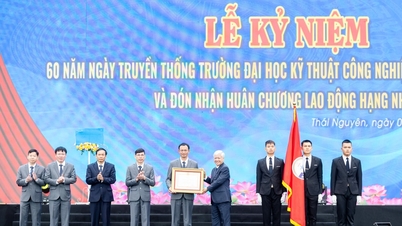



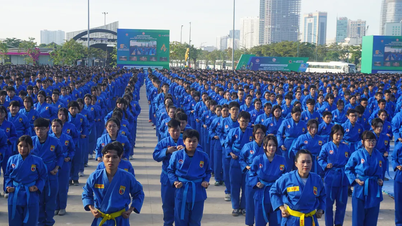

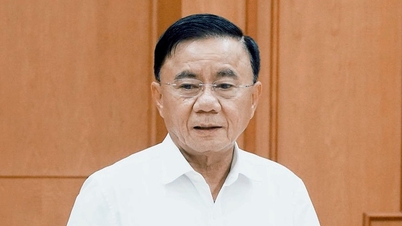
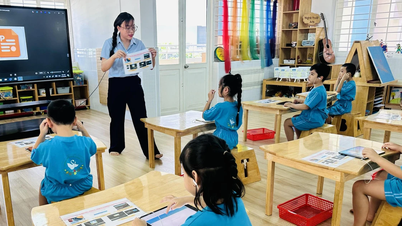


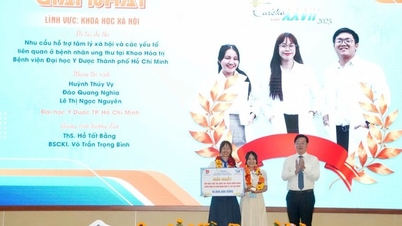


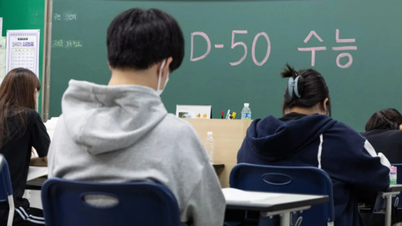

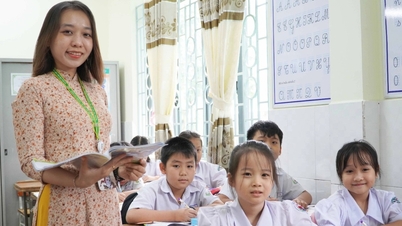

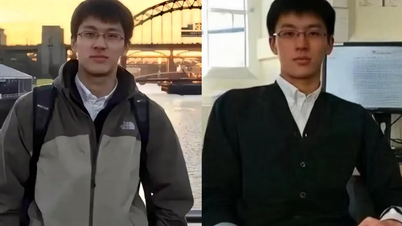





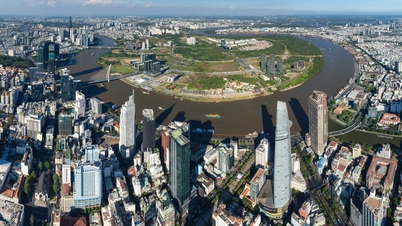











![[Video] The craft of making Dong Ho folk paintings has been inscribed by UNESCO on the List of Crafts in Need of Urgent Safeguarding.](https://vphoto.vietnam.vn/thumb/402x226/vietnam/resource/IMAGE/2025/12/10/1765350246533_tranh-dong-ho-734-jpg.webp)
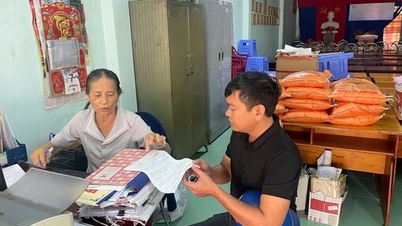

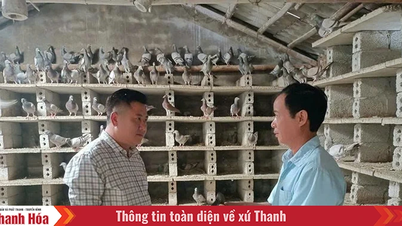


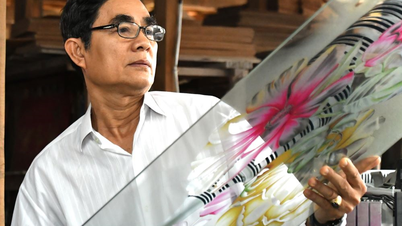


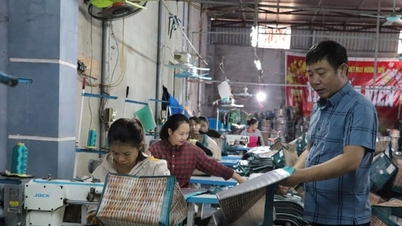






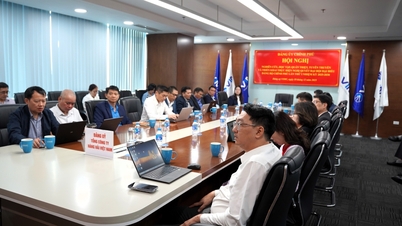








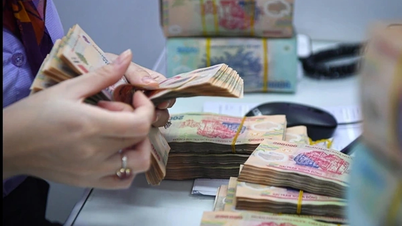






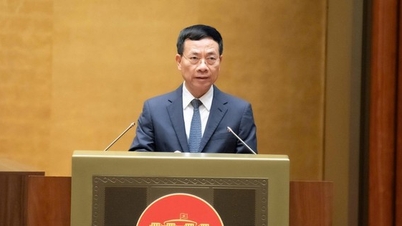







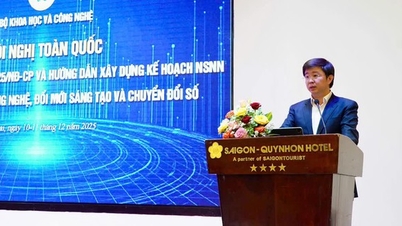





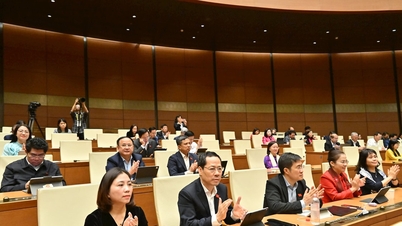



















Comment (0)